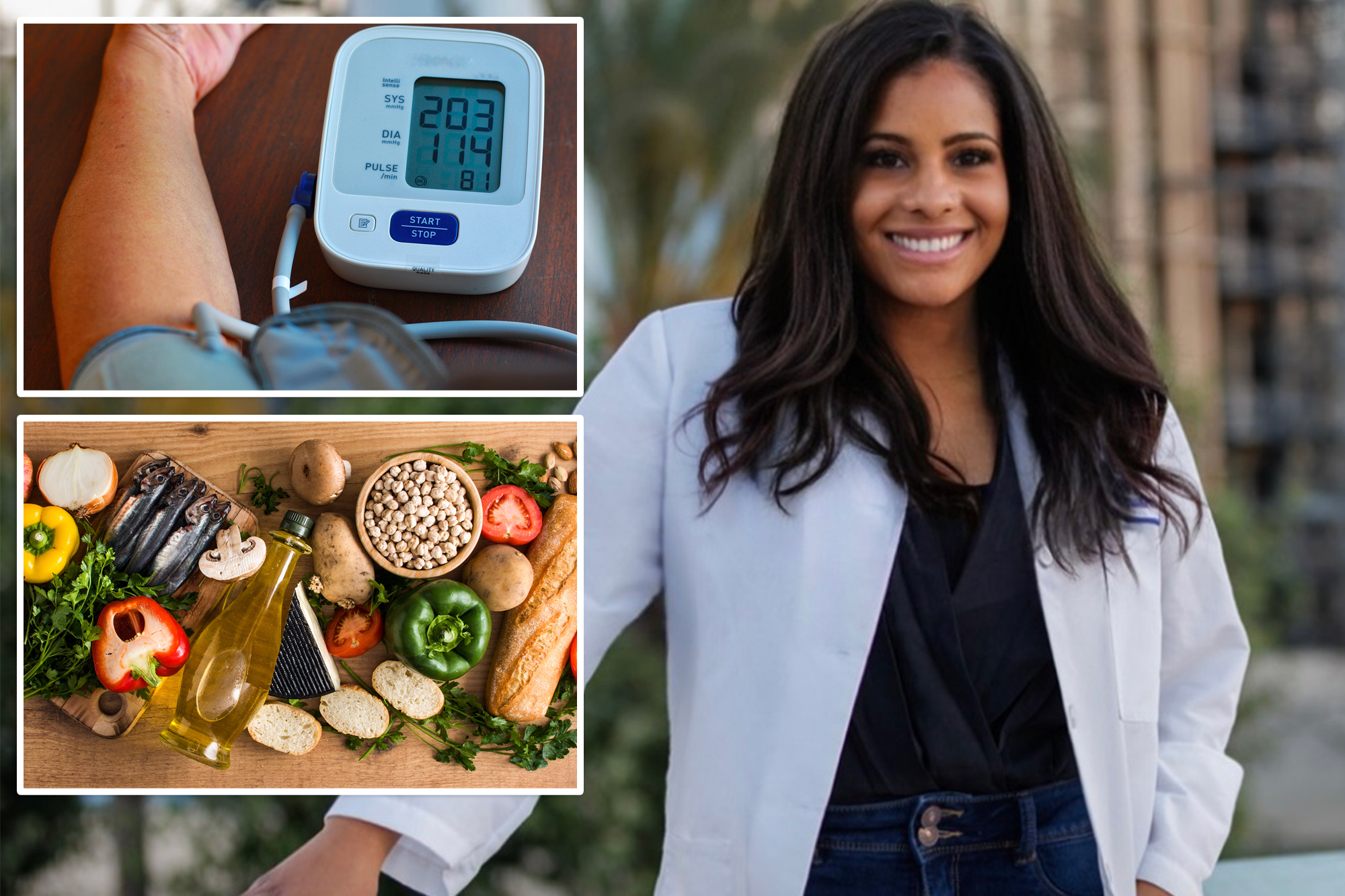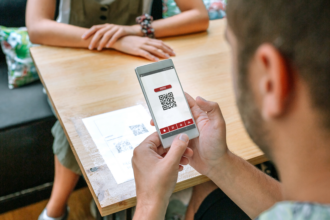This type of cuffing season lasts all year long.
High blood pressure, also known as hypertension, is a common problem that affects about 48% of US adults. An estimated 70% will experience it at some point in their lives.
The “silent killer” damages blood vessels, raising the odds you’ll suffer a heart attack, heart failure, stroke, vascular dementia, kidney disease or eye problems.
Though it can develop at any age, the risk of high blood pressure increases significantly after the age of 45.
That’s why physician assistant Ravyn Williams recommends her patients start casually checking their blood pressure at home around the age of 40 — and even earlier if they have a family history of high blood pressure or if they have diabetes, chronic kidney disease or a heart condition.
She favors two products for at-home monitoring — and suggests four major ways to naturally lower blood pressure.
Two home monitoring tools
Williams likes Omron’s platinum blood pressure monitor ($89.99) because it’s a clinically validated device that allows two users to store readings, features an easy-to-read display and integrates with the Omron app via Bluetooth.
She’s also fond of Withings BPM Connect ($109) because it’s sleek, portable, syncs data to the free Withings Health Mate app via Wi-Fi and Bluetooth and integrates well with other tracking platforms.
“These seem to be the most reliable and accurate,” Williams, who specializes in cardiac electrophysiology at Kaiser Permanente in L.A., told The Post.
Three tips for taking your own blood pressure
It’s easy to screw up blood pressure readings at home.
First, Williams suggests using an upper arm cuff monitor rather than a wrist monitor.
Experts note that the arm cuff is closer to the heart, uses a larger artery and is easier to position for a reliable reading.
A proper sitting posture is also crucial for an accurate reading.
Williams wants you to sit upright with both feet flat on the ground. Slouching, crossing your legs or dangling your feet affects your circulation and can temporarily elevate your blood pressure.
You should also take readings in the morning, afternoon and at night for an average, Williams said.
“Would generally not recommend taking it more than three times throughout the day,” she added.
Beware these troubling signs
“If your BP is 130/80 on more than one occasion, this would prompt concern for Stage 1 hypertension,” Williams said.
“140/90 is getting into the range of Stage 2, which requires formal clinical evaluation and consideration of treatment options.”
If your systolic number (the top number) is over 180 or the diastolic (bottom number) is higher than 120, Williams urges emergency medical care, especially if you have a headache or changes in your vision.
“The most important thing to consider is if the person is having symptoms,” Williams said.
“A low blood pressure in and of itself is not always a cause for concern,” she continued, “however, if it is associated with dizziness, fainting or lightheadedness, that is much more concerning than what the number shows.”
She recommends staying calm, repeating readings and documenting trends.
Contact your doctor if the abnormal readings persist.
“If unusual symptoms develop,” Williams said, “don’t hesitate to proceed to the ER.”
How to lower blood pressure naturally
“One of the most immediate and important steps in reducing high blood pressure is to consume an anti-inflammatory diet,” Williams said.
“The DASH diet or Mediterranean diet is great as a start,” she said about the plant-based eating plans. “If you start incorporating these types of foods into your everyday life, it will turn into a wonderful routine and lifestyle.”
Williams also recommends exercising, as simple as 30 minutes of daily walking, avoiding alcohol and tobacco and reducing your microplastics exposure.
Research has linked these small, ubiquitous shreds of plastic to oxidative stress and inflammation, which can contribute to high blood pressure.
“If lifestyle changes such as exercise and an anti-inflammatory diet don’t work,” Williams said, “then there are medications that have a low side effect profile that are very effective.”










